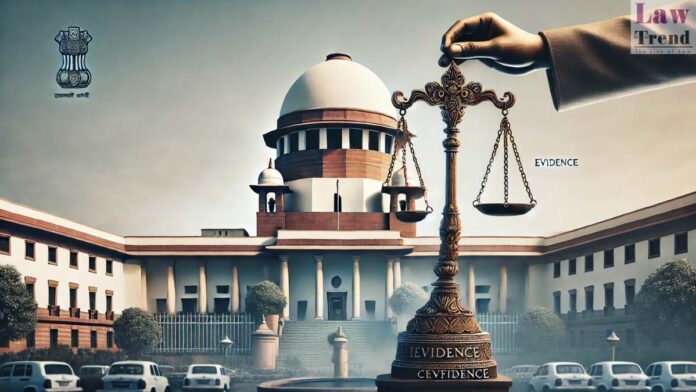The Supreme Court of India, in a bench comprising Justice M.M. Sundresh and Justice Satish Chandra Sharma, has set aside an order of the High Court for the State of Telangana. The apex court held that the High Court, at the revisional stage, erred in allowing an application invoking Section 45 read with Section 73
To Read More Please Subscribe to VIP Membership for Unlimited Access to All the Articles, Download Available Copies of Judgments/Order, Acess to Central/State Bare Acts, Advertisement Free Content, Access to More than 4000 Legal Drafts( Readymade Editable Formats of Suits, Petitions, Writs, Legal Notices, Divorce Petitions, 138 Notices, Bail Applications etc.) in Hindi and English.




